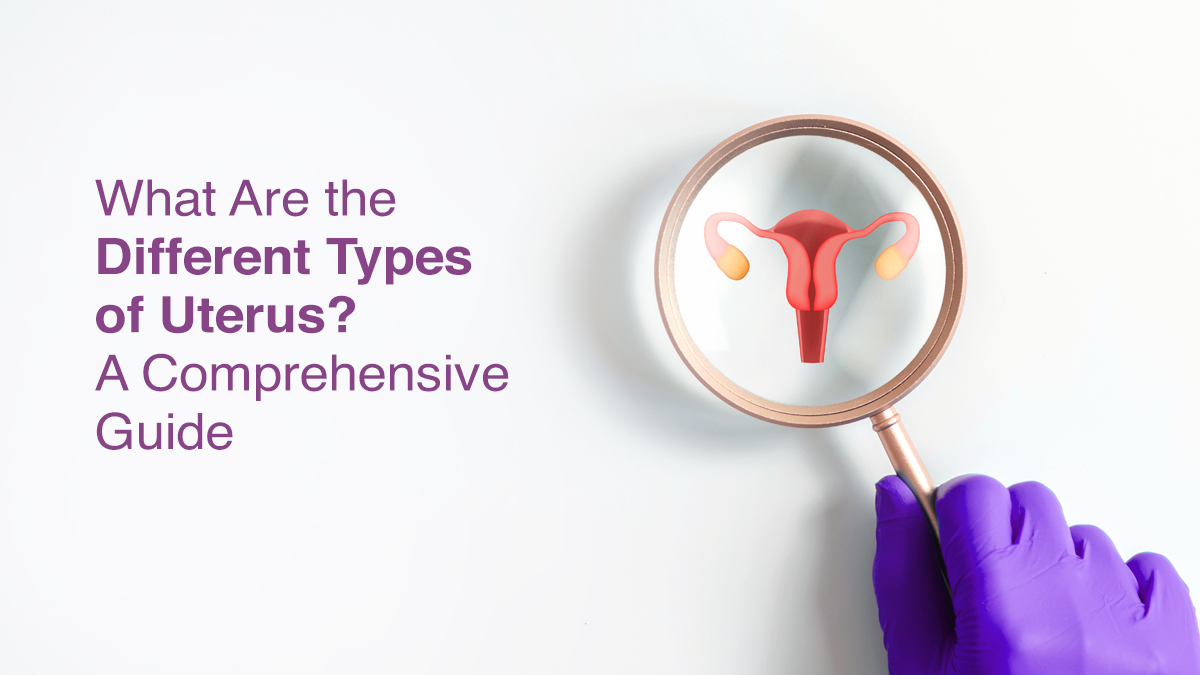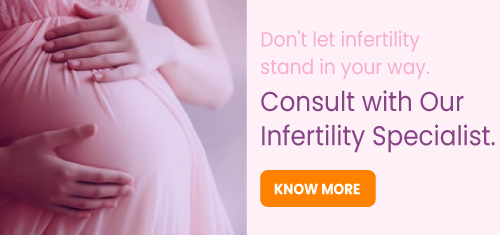
Endometrial Hyperplasia vs. Endometrial Cancer: Understanding the Differences

Has your fertility specialist prescribed a malignancy evaluation for endometrial hyperplasia (EH)? Do not get scared yet. Although about 33% of atypical EH progresses to uterine cancer, early treatment of endometrial cancer (EC), especially for patients with atypical EH, can work wonders. Diagnosing the condition accurately is the key to timely intervention. Although EH increases the risk of EC, the progression rate is much lower in India than in Western countries, at 4.3 per 100,000. Here’s all you need to know about the two disorders.
What is Endometrial Hyperplasia?
The thickening of the uterine wall is called endometrial hyperplasia. While this is normal during the luteal phase of the menstrual cycle, the thickness subsides once menstruation begins. Hyperplasia in the uterus is more common in perimenopausal or menopausal women. However, the condition can affect women of reproductive age as well.
Types of Endometrial Hyperplasia
The WHO classifies EH into four categories:
- Simple hyperplasia without atypia
- Simple hyperplasia with atypia
- Complex hyperplasia without atypia
- Complex hyperplasia with atypia
Complex hyperplasia occurs when the structure of cells looks abnormal under a microscope. The abnormal organisation (over-crowding) of endometrial cells is called atypia. All types of endometrial hyperplasia appear similar on a regular ultrasound. Therefore, further testing, such as a Pap smear or hysteroscopy, may be recommended.
Causes of Endometrial Hyperplasia
High oestrogen or low progesterone levels are the primary causes of endometrial hyperplasia. Such hormonal imbalances may occur due to underlying immunity disorders, PCOS, obesity or diabetes, since these conditions disrupt the hormonal balance.
What is Endometrial Cancer?
This is the most common type of uterine cancer and occurs in the inner lining, the endometrium. People outside of the medicinal field may confuse it with uterine sarcoma, which is a cancer of the uterine muscles rather than the lining. The good news is that a Mumbai-based study has proven that the overall survival rate over five years for endometrial cancer is 92% in India for women over 50 and up to 97% for those below 50.
Types of Endometrial Cancer
The dependency of cancers of the endometrium on oestrogen determines their type:
Type I:
This is highly oestrogen dependent. It is the most common and most aggressive type of endometrial cancer.
Type II:
Thisis less dependent on oestrogen supply. It progresses slowly and is significantly less common.
Risk Factors
Most risks of developing endometrial cancer are related to hormones, such as PCOS, consumption of unopposed oestrogen (without accompanying progesterone), and other hormonal therapies. A known non-hormonal risk factor is Lynch Syndrome. Factors such as age, diet with high animal fat and a family history of nonpolyposis colorectal cancer (HNPCC) increase the risk of EC.
Key Differences Between and Endometrial Cancer and Endometriosis Atypia
Nature of the Condition
Uterine hyperplasia cannot metastasise (spread) to other body parts. However, it can be present at extrauterine sites, such as the ovaries or fallopian tubes. However, endometrial cancer can potentially spread throughout the reproductive tract and abdominal cavity.
Symptoms
Some symptoms of EH overlap with those of EC, such as:
- Bleeding between periods
- Abdominal cramps
- Painful intercourse
- Pelvic pain that may radiate to the lower back
Distinct symptoms of EC include:
- Foul-smelling pus-like vaginal discharge
- Unexplained weight loss
- Difficulty or pain during urination
- Disruption in bowel habits
Progression
An untreated or poorly managed bulky uterus with endometrial hyperplasia increases the risk of uterine cancer. Endometrial cancer can metastasise to other parts of the body, starting from the reproductive tract and abdominal cavity.
Diagnosis
- Transvaginal Ultrasound and Hysteroscopy confirm the presence of thick endometrium (endometriosis)
- A biopsy is necessary to confirm endometrial cancer.
- Diagnosticians use sonographic elastography to differentiate between atypical EH and EC (in the early stages) tissues.
Related Read: Endometrial Thickness – What You Need To Know
Treatment
Common treatments for endometrial thickening are hormonal therapy, dilation and curettage, also called D&C (scrapping the excess endometrium), and medication. Fertility specialists advise a hysterectomy only if the patient does not want to bear children in the future.
Hysterectomy is advised for EC if the cancer has not spread to other parts of the body. Oncologists may also recommend aggressive approaches, such as radiation therapy or chemotherapy, if necessary.
Preventing Endometrial Cancer and Endometriosis
Maintain an active lifestyle and healthy eating habits to reduce the risk of reproductive health conditions. If you plan to delay childbirth, opting for an IUD is a better option than oral hormonal birth control pills. It is best to consult a fertility specialist if you observe any of the above symptoms to ensure early diagnosis.
Both conditions, hyperplasia in the endometrium and endometrial cancer, require medical attention and treatment. Untreated conditions may lead to severe complications. The good news is that both conditions are treatable. All you need is to consult an experienced specialist. Experts, such as those at Oasis Fertility, are equipped with the right skills and tools to identify the condition early and ensure timely treatment. If you observe one or more symptoms, visit an Oasis Fertility Clinic near you promptly. You can also call 1800-3001-1000 or discuss your concerns on the live chat for immediate assistance.


fill up the form to get a
Free Consultation
Avail 0% interest on EMI
All Procedures | No Upper Limit
Frequently Asked Questions
What are the two types of endometrial hyperplasia?
How thick is a cancerous endometrium?
Can thickened endometrium be benign?
How long before endometrial hyperplasia turns into cancer?
How we reviewed this article:
- Current Version
- October 29, 2024 by Oasis Fertility






